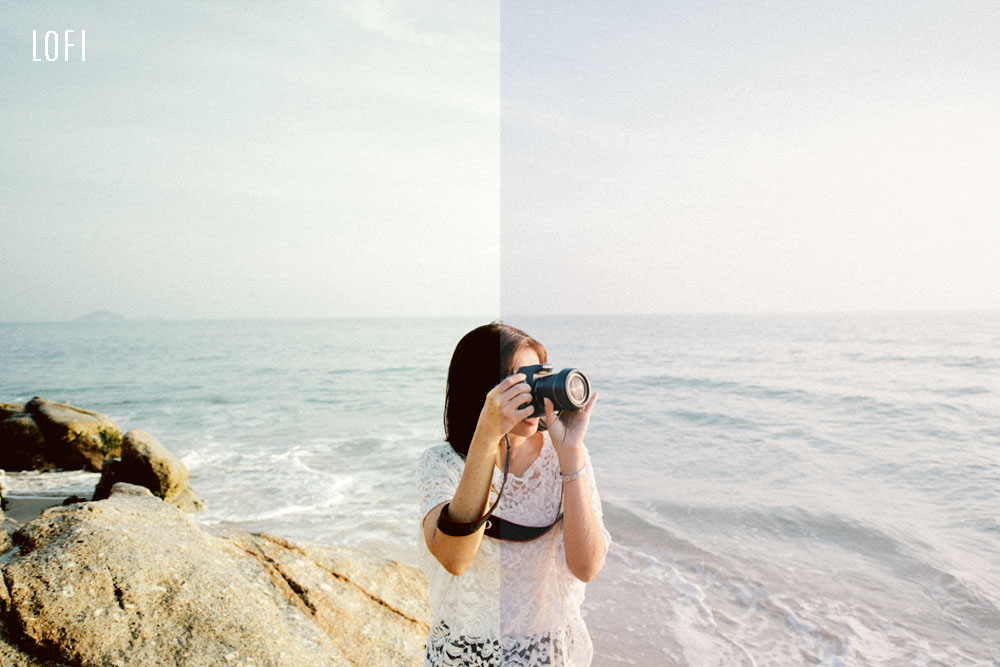What are Video and Photo LUTs?

Editing videos can be challenging. There are a lot of different conditions to edit for in a video as opposed to editing a still frame. One way to help in your video editing process is with LUTs.
LUTs are Look Up Tables that alter the Red, Green, and Blue (RGB) color values of an image or frame. Using these look up tables, you can largely improve your film quality and color in video while saving time.
Novice to Pro, LUTs are useful to people for a variety of reasons. Look up tables can help you learn more about what colors will work in your projects, they can save time when you need to rush production, and they can help you unify certain videos with similar looks. And they can be used in a bunch of other cool ways too.
Read next: 10 Professional LUTs Packs
Getting Started With LUTs
Starting with raw footage, you will have specific RGB input values that will soon be modified into a new and improved output value. By modifying these image values, the LUT (look up table) is really changing the brightness, saturation, and hues into a transformed, colorful output to lay over your film.
Sounds pretty simple right? Not quite. There are a few different types of Look Up Tables, so it is important to know which ones are right for your projects.
The Two Main Types of LUTs
1D LUTs:
- Work in one dimension, for one color (Red, green, or blue).
- Preferred for overall color balance adjustments.
- Excellent for setting contrast and white point of display.
- Are not as realistic as 3D LUTs and aren’t capable of as much processing.
3D LUTs:
- Preferred for accurate color control.
- Very realistic and more reliable for complex color grading.
- Puts the colors into a 3D cube which holds the formula for the inputs and outputs of the LUT.
- Provides full volumetric color space control.
Keep in mind that LUTs aren’t a one-size fits all solution. They are meant as a bridge to help you get to your final product. Starting with a LUT and then customizing to fit your preferences will help you get the best results.
Here are a few other LUTs to consider when thinking about your editing process.
Technical LUTs:
- Extremely important when converting an image from one color space to another.
- Transform general color space, gamma correction, other signal changes.
- End goal is to have an identical image, capable of viewing on separate devices.
Creative LUTs:
- Custom and relatively easy to make in software.
- Allows different grading softwares to share looks and LUTs between platforms.
- Film looks and gorgeous replications.
Camera LUTs:
- Creative LUT + Technical LUT = Camera LUT
- Not precise, because of exposure differences.
- The relationship between shadows and lights change throughout the film. When the lighting changes, so does the LUT.
- Tool for a specific purpose, NOT a one-size fits all fix.
Camera Patch (Input) LUTs:
- Used as a starting point for the rest of your grading and coloring based on the color palette from the footage.
- Designed to snap the contrast and make the image look real and normal.
- Can be applied at any time of post production.
- Built for specific cameras and video encoding.
So, why use look up tables if you still have to do all of this color grading and customizing afterwards?
They are extremely beneficial with enhancing the colors and tones of your video and decreasing time spent on editing. Starting with a LUT can help you reach the right mood and temperature quicker so you can get to the minor tweaks and edits that help you reach a final product.
Here are a few videos from our partners to help you learn more about how LUTs are used. Be sure to check out all video editing products here.
More Video Articles
-
How to Use After Effects Templates to Help Your Business
-
Why B2B Companies Should Be Using Video
-
IGTV Mobile First Video App for Creators Launches
-
5 TIPS for Using VFX in your Projects










One Reply to “What are Video and Photo LUTs?”